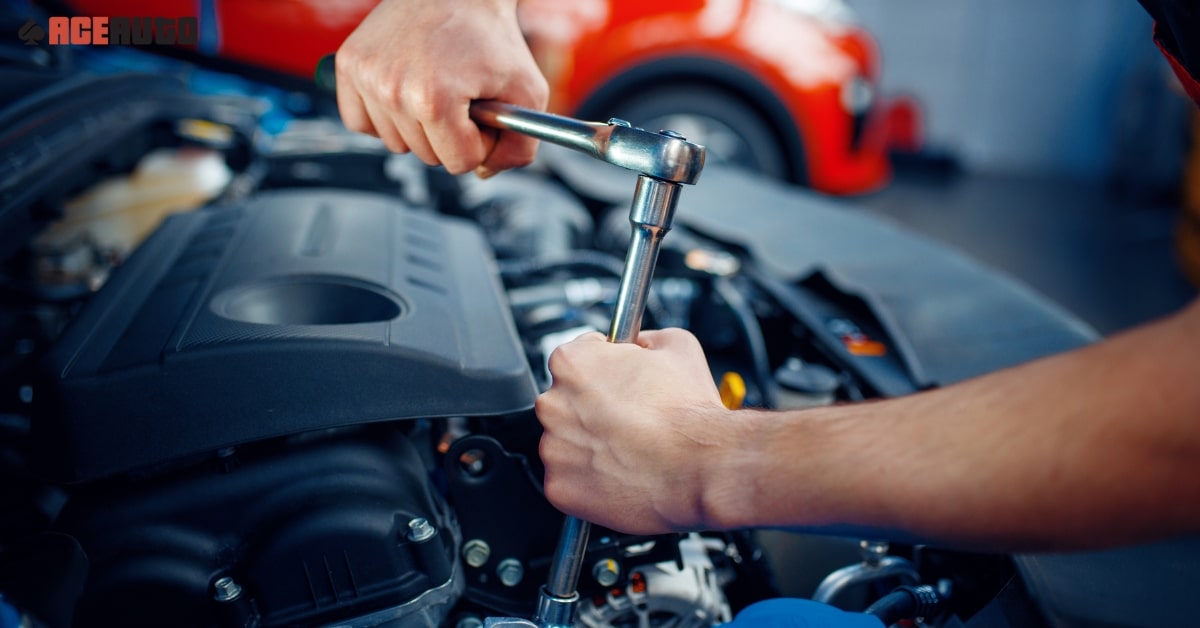All Categories
Featured
Your automobile's suspension system is a crucial element that improves your driving experience by giving security, convenience, and control. With time, damage on this system can jeopardize your vehicle's security and performance. By adopting appropriate upkeep techniques, you can extend the life of your suspension and stay clear of pricey fixings. Here's a detailed guide to keeping your shock absorber in outstanding form.
![]()
Dripping Fluid: Oil around the shocks or struts indicates they might require substitute. Harmed Springs: Fractures or breaks in the springtimes can trigger unequal vehicle elevation. Rust or Rust: Steel parts like control arms and bushings are vulnerable to rust with time. If you observe any type of problems, have your suspension system checked by a professional auto mechanic.
Keep tires pumped up to the recommended pressure. Turn tires every 5,000 to 7,500 miles. Equilibrium and line up wheels each year or after hitting aesthetics or craters. Uneven tire wear is a typical indication of suspension imbalance or used components.
![]()
Verdict. Appropriate upkeep of your shock absorber is vital for making sure a comfy and risk-free driving experience. By performing normal inspections, replacing used parts, maintaining tire treatment, and driving sensibly, you can maintain your suspension in peak problem. Aggressive treatment not just avoids expensive repair services yet also guarantees your lorry's durability and safety for each trip.
- Comprehend the Significance of the Suspension System. The suspension system absorbs shocks from irregular roadways, sustains the automobile's weight, and maintains the tires firmly touching the road. It includes shocks, shows off, springs, control arms, and bushings, every one of which job together to ensure a steady and smooth trip. Identifying its value is the primary step towards proper care.
- Conduct Routine Visual Evaluations. Constant visual checks can help recognize prospective problems early. Try To Find:

Dripping Fluid: Oil around the shocks or struts indicates they might require substitute. Harmed Springs: Fractures or breaks in the springtimes can trigger unequal vehicle elevation. Rust or Rust: Steel parts like control arms and bushings are vulnerable to rust with time. If you observe any type of problems, have your suspension system checked by a professional auto mechanic.
- Address Uncommon Noises and Symptoms. Uncommon noises, such as creaking, squealing, or clunking, frequently signal suspension issues. A bouncy ride, problem guiding, or the car pulling to one side suggests that a suspension part could require interest. Don't neglect these signs; very early detection can stop additional damage.
- Keep Appropriate Tire Treatment. Tires and suspension interact to supply a smooth ride. To minimize anxiety on your suspension system:
Keep tires pumped up to the recommended pressure. Turn tires every 5,000 to 7,500 miles. Equilibrium and line up wheels each year or after hitting aesthetics or craters. Uneven tire wear is a typical indication of suspension imbalance or used components.
- Change Worn-Out Parts promptly. Suspension parts like shocks, shows off, and bushings break in time. Producers usually advise replacing shocks and struts every 50,000 to 100,000 miles, depending on driving conditions. Postponing substitute can jeopardize handling, safety, and total automobile performance.

- Stay Clear Of Overloading Your Lorry. Surpassing your car's weight capability places excessive stress on the suspension system. This can cause faster deterioration on components like shocks and springtimes. Always check your owner's manual for weight limits and prevent overloading.
- Drive Responsibly. Aggressive driving routines, such as speeding over pits, taking edges too quick, or frequently driving on rough roadways, can harm your suspension. Technique mindful driving to decrease wear and expand the lifespan of your shock absorber.
- Schedule Specialist Inspections. Regular professional evaluations are necessary for determining concealed concerns and ensuring ideal performance. Auto mechanics can identify problems that aren't visible throughout a DIY check, such as worn ball joints or control arm damages.
Verdict. Appropriate upkeep of your shock absorber is vital for making sure a comfy and risk-free driving experience. By performing normal inspections, replacing used parts, maintaining tire treatment, and driving sensibly, you can maintain your suspension in peak problem. Aggressive treatment not just avoids expensive repair services yet also guarantees your lorry's durability and safety for each trip.
Latest Posts
Uncover the Best Auto Repair Deals in Montclare, Chicago
Published May 29, 25
1 min read
Explore Brake Repair & More: Complete Services Guide from Montclare Auto Repair
Published May 24, 25
1 min read
Explore Exclusive Auto Repair Offers in Chicago at Montclare Auto Repair
Published May 22, 25
1 min read
More
Latest Posts
Uncover the Best Auto Repair Deals in Montclare, Chicago
Published May 29, 25
1 min read
Explore Brake Repair & More: Complete Services Guide from Montclare Auto Repair
Published May 24, 25
1 min read
Explore Exclusive Auto Repair Offers in Chicago at Montclare Auto Repair
Published May 22, 25
1 min read